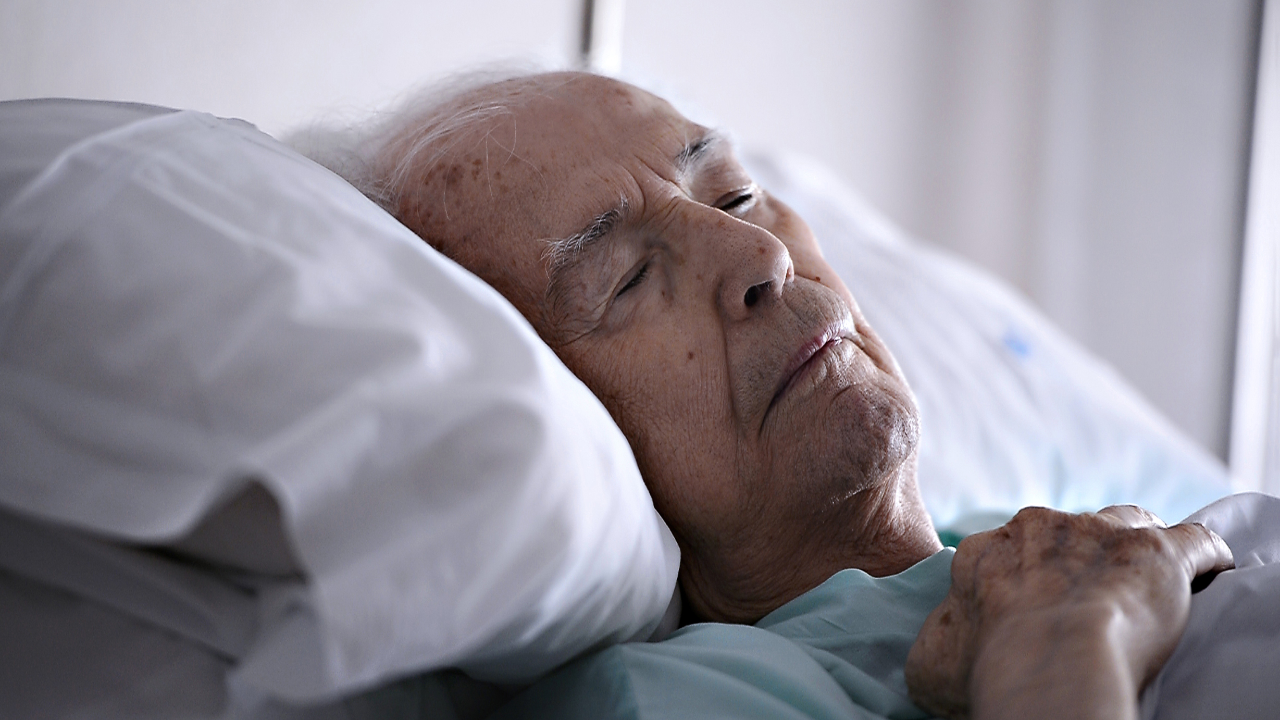
With nearly 1 million Americans projected to be living with Parkinson’s disease by the Parkinson’s Foundation in 2020, deep brain stimulation (DBS) offers a promising treatment. The method, which involves stimulating specific parts of the brain with electric currents to adjust brain activity, has been shown to reduce many of the condition’s movement symptoms: involuntary shaking, stiffness, and slow movement.
A less visible and sometimes overlooked consequence of this neurological disease, however, can also detract from the quality of patients’ daily life—starting at the end of the day.
“Sleep disturbances are a big issue in patients with Parkinson’s disease and are not really well addressed by the current therapies,” said Luke Johnson, PhD, assistant professor of neurology in the University of Minnesota Medical School. “The basic brain circuitry in Parkinson’s disease as it relates to sleep is not well understood, as such DBS therapy isn’t really optimized to treat those types of symptoms.”
Johnson, a MnDRIVE Neuromodulation Faculty Scholar and the associate director of the Neuromodulation Research Center, is part of a team of researchers exploring how delivering different levels of DBS stimulation to different regions of the brain could give people with Parkinson’s a better night’s sleep.
This line of research, currently supported by a National Institutes of Health (NIH) grant, was kick-started by an earlier MN-REACH grant as well as philanthropic support from the Engdahl Family Foundation. Co-investigators on the NIH grant include neurology faculty Michael Howell, MD, associate professor; Colum MacKinnon, PhD, associate professor; David Escobar, PhD, assistant professor; and Jerrold Vitek, MD, PhD, department chair and director of the Neuromodulation Research Center.
In DBS, a surgically implanted lead delivers electric current to a specific part of a patient’s brain. Clinicians typically gauge what level of stimulation best treats a patient’s movement-based symptoms and set the DBS system to maintain that level, only tweaking it during follow-up visits or as needed to optimize improvement in motor symptoms. To also treat sleep disturbances, Johnson said, clinicians might have to target an additional area of the brain using a separate node on the same lead.
“The overarching hypothesis of this is that you could adjust stimulation settings in order to optimize sleep,” he said.
Part of the challenge with treating two different symptoms using DBS, however, is that people with Parkinson’s need varying amounts of stimulation throughout the day. Symptoms tend to ebb and flow, and the medications patients take will also “wash in” and “wash out,” causing fluctuations in how severely patients feel the symptoms. Patients’ needs will also vary based on their behaviors, such as if they are sitting still, moving, or sleeping.
Adaptive, Automatic, Individualized
In response to the need for a more adaptive solution, Johnson is working with what’s called “closed-loop” DBS. This type of treatment aims to detect the current symptoms and respond in real-time, rather than providing one consistent level of stimulation at all times.
“The idea of brain sensing is to detect pathological neuronal activity and use that to inform how, when and where to stimulate,” he said. “We really have to take into account the behavioral state of the person and how those aspects change a physiological marker of interest that we want to use for adjusting the level of stimulation; this is what is termed closed-loop DBS.”
For the stimulation to work correctly, the lead must be programmed to turn stimulation on and off at the right times. So far, results have been promising, Johnson said, but the programming can also be misled by brain activity from certain behaviors or individual differences between people, diminishing the benefits of the treatment.
“One size is probably not going to fit all; it’s going to need to be customized to some extent,” he said. “We need to make sure our algorithms are sophisticated enough to account for the variabilities.”
Going forward, Johnson hopes the DBS lead will do more than just deliver stimulation. The lead could be used to “record” neuron activity that helps identify the “markers” of each stage of sleep. Finding these calling cards of brain activity could not only help optimize the closed-loop DBS treatment, but also help clinicians program the stimulation more effectively from the start.
A Team Science Approach
Moving this research forward is not a one-person job. Johnson regularly collaborates with fellow faculty with backgrounds in many different disciplines, including biomedical engineering, radiology, and clinical neurology, as well as with the U’s Udall Center of Excellence for Parkinson’s Disease Research.
“What’s really strong about our research group is that we have these complementary preclinical and clinical projects going on,” Johnson said. “There’s just so much more you can do when you have both of those things so closely tied in one institution, and the people involved are integrated across both. This really is a team science approach.”
Brain Bee: Learning about Neuroscience
In addition to conducting research, Luke Johnson also serves as the faculty champion for the Minnesota Brain Bee, an annual statewide neuroscience competition for high school students that sends winners to national and international Brain Bee competitions.
Minnesota Brain Bee now includes a “MnDRIVE Neuromodulation Challenge,” which helps student participants learn about neuromodulation and trains MnDRIVE Neuromodulation Fellows to communicate about their research outside of the U, spreading the word about MnDRIVE research across the state.